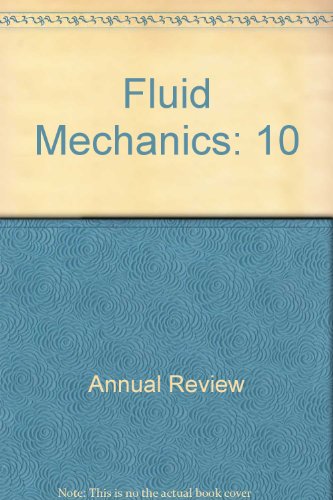死海的流体力学
IF 30.2
1区 工程技术
Q1 MECHANICS
引用次数: 0
摘要
死海的环境由几个方面组成,这些方面的相互作用产生了地球上其他地方无法观察到的流动现象和迁移过程。死海是一个湖面迅速下降的末端湖泊,盐度接近饱和,因此湖泊中常见的浮力驱动的水流与降水和溶解相耦合,全年都有大量盐分沉积。死海是唯一一个深到足以在夏季形成温盐分层的高盐度湖泊,这使得过饱和的溶解盐向下流动,沉淀出海绿石颗粒。相反,在冬季,整个过饱和、混合良好的水柱都会产生海绿石。湖面以每年 O(1 米)的速度迅速下降,每年都会暴露出大片新形成的海滩,这些海滩呈现出从溪流切入的深度。总之,这些现象让人们了解了在地球地质记录中观察到的神秘的盐巨人,并为海平面变化下干旱海岸线的稳定性、侵蚀和保护提供了经验。本文章由计算机程序翻译,如有差异,请以英文原文为准。
Fluid Mechanics of the Dead Sea
The environmental setting of the Dead Sea combines several aspects whose interplay creates flow phenomena and transport processes that cannot be observed anywhere else on Earth. As a terminal lake with a rapidly declining surface level, the Dead Sea has a salinity that is close to saturation, so that the buoyancy-driven flows common in lakes are coupled to precipitation and dissolution, and large amounts of salt are being deposited year-round. The Dead Sea is the only hypersaline lake deep enough to form a thermohaline stratification during the summer, which gives rise to descending supersaturated dissolved-salt fingers that precipitate halite particles. In contrast, during the winter the entire supersaturated, well-mixed water column produces halite. The rapid lake level decline of O(1 m/year) exposes vast areas of newly formed beach every year, which exhibit deep incisions from streams. Taken together, these phenomena provide insight into the enigmatic salt giants observed in the Earth's geological record and offer lessons regarding the stability, erosion, and protection of arid coastlines under sea level change.
求助全文
通过发布文献求助,成功后即可免费获取论文全文。
去求助
来源期刊
CiteScore
54.00
自引率
0.40%
发文量
43
期刊介绍:
The Annual Review of Fluid Mechanics is a longstanding publication dating back to 1969 that explores noteworthy advancements in the field of fluid mechanics. Its comprehensive coverage includes various topics such as the historical and foundational aspects of fluid mechanics, non-newtonian fluids and rheology, both incompressible and compressible fluids, plasma flow, flow stability, multi-phase flows, heat and species transport, fluid flow control, combustion, turbulence, shock waves, and explosions.
Recently, an important development has occurred for this journal. It has transitioned from a gated access model to an open access platform through Annual Reviews' innovative Subscribe to Open program. Consequently, all articles published in the current volume are now freely accessible to the public under a Creative Commons Attribution (CC BY) license.
This new approach not only ensures broader dissemination of research in fluid mechanics but also fosters a more inclusive and collaborative scientific community.

 求助内容:
求助内容: 应助结果提醒方式:
应助结果提醒方式:


